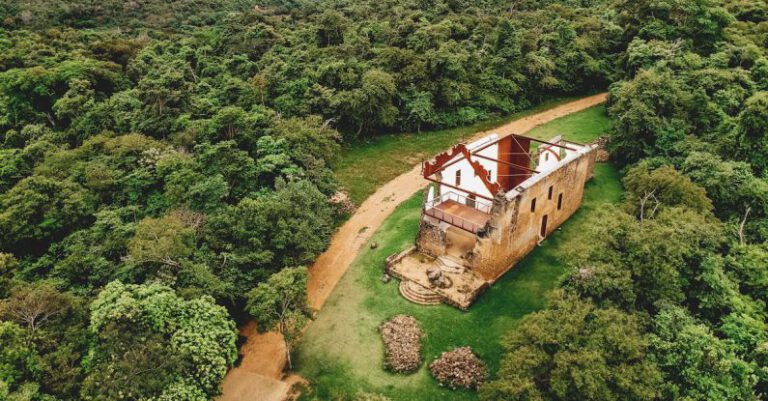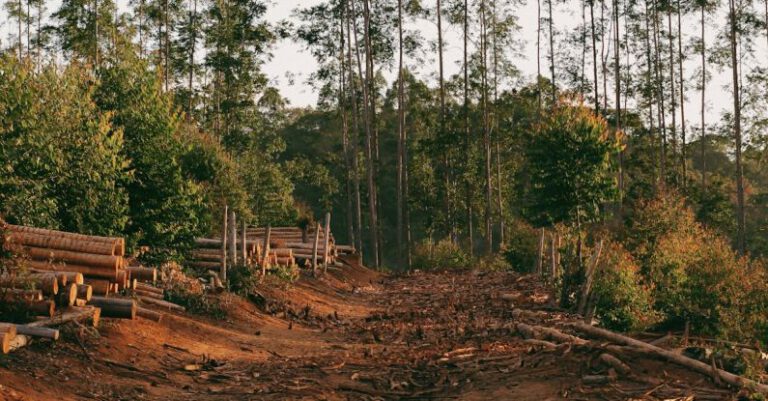Can Rewilding Cities Improve Ecological Health?
Urban areas around the world are constantly expanding, leading to the degradation of natural habitats and the loss of biodiversity. As cities grow, green spaces diminish, air quality declines, and wildlife populations dwindle. In response to these challenges, the concept of rewilding cities has emerged as a potential solution to improve ecological health in urban environments. By reintroducing native plants, creating wildlife corridors, and restoring natural habitats within city limits, rewilding aims to enhance biodiversity, promote sustainability, and reconnect urban dwellers with the natural world.
Preserving Biodiversity Through Rewilding
One of the primary goals of rewilding cities is to preserve and restore biodiversity within urban areas. By reintroducing native plant species and creating green spaces, cities can provide habitats for a variety of wildlife, from birds and butterflies to small mammals and insects. These green corridors not only support local biodiversity but also help mitigate the negative impacts of urbanization on ecosystems. By preserving and enhancing biodiversity, rewilding cities can contribute to the overall health and resilience of urban environments.
Improving Air Quality and Mitigating Climate Change
In addition to supporting biodiversity, rewilding cities can also help improve air quality and mitigate the effects of climate change. Trees and plants play a crucial role in absorbing carbon dioxide and releasing oxygen, helping to reduce greenhouse gas emissions and combatting urban heat island effects. By increasing the amount of green space in cities through rewilding initiatives, urban areas can benefit from improved air quality, reduced temperatures, and enhanced overall environmental health.
Enhancing Human Well-being and Connection to Nature
Rewilding cities not only benefits the environment but also has positive impacts on human well-being and quality of life. Access to green spaces and natural habitats within urban areas has been shown to reduce stress, improve mental health, and promote physical activity. By rewilding cities, residents have the opportunity to connect with nature, experience biodiversity firsthand, and enjoy the numerous benefits that green spaces provide. Creating wildlife-friendly environments within cities can also educate and inspire people to appreciate and protect the natural world.
Challenges and Opportunities for Rewilding Cities
While rewilding cities offers numerous benefits, it also presents challenges and opportunities for urban planners, policymakers, and communities. Balancing the needs of human populations with those of wildlife and ecosystems requires careful planning, collaboration, and long-term commitment. Land-use conflicts, limited resources, and competing interests can pose obstacles to successful rewilding initiatives. However, by engaging with stakeholders, leveraging community support, and incorporating rewilding principles into urban planning strategies, cities can overcome these challenges and create sustainable, resilient, and ecologically healthy environments for all residents.
Embracing a Sustainable Future Through Rewilding
As cities continue to grow and urbanization intensifies, the need to rewild urban environments becomes increasingly urgent. By embracing rewilding principles and practices, cities can promote sustainability, preserve biodiversity, and improve ecological health for current and future generations. Through a combination of habitat restoration, green infrastructure development, and community engagement, rewilding cities can transform urban landscapes into vibrant, diverse, and thriving ecosystems that benefit both people and the planet.
In conclusion, rewilding cities has the potential to improve ecological health, enhance biodiversity, and create more sustainable and resilient urban environments. By prioritizing green spaces, native habitats, and wildlife-friendly initiatives, cities can mitigate the negative impacts of urbanization and create healthier, more livable communities for all residents. Embracing rewilding as a guiding principle for urban development offers a promising pathway towards a more harmonious relationship between cities and nature, ultimately benefiting both the environment and human well-being.






